Human society was built upon sweat, hard work, elbow grease and a whole lot of tools. It’s not hard to understand that the modern age wouldn’t be possible if a few tens of thousands of years ago, one of our ancestors didn’t use a rock to open a coconut or a stick to fish out some insects from the bark of a tree.
Tools are what made us who we are as a species, they extended our reach and our abilities, allowing us to shape the world around us to our whim. From carpentry and pottery to the advent of modern electric power tools, we have moulded reality to our liking with the bending of the elbow and the toggling of a switch. In this manner, let’s examine one of these tools of power, the electric saw and all of its available variants.
Circular Saw
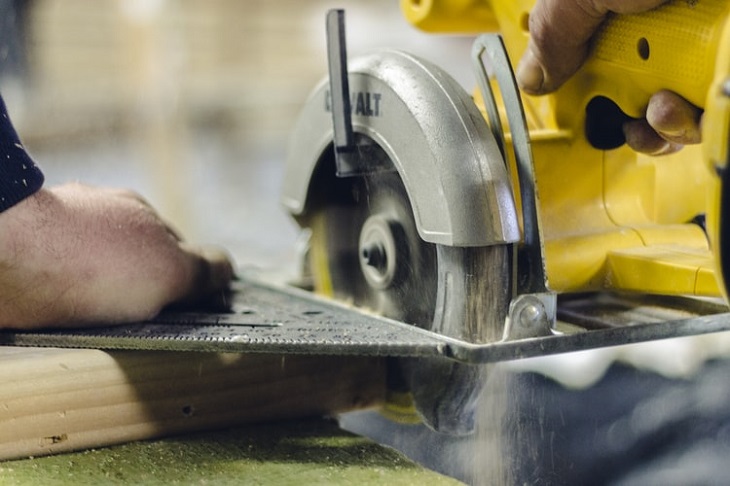
If there’s one type of power saw that we’ve all seen and can identify instantly, it’s the circular saw. When browsing the electric saw online range, you’d notice that the majority of the tools available are of the circular kind. Circular electric saws are entirely electric-powered and usually cordless. They have a circular blade full of various teeth designed for fast and repetitive cuts and are made to be hand-operated rather than being fixed or bench-mounted. This is your tool of choice when you need the utmost precision and dexterity in your projects.
The two most common circular saw types are:
Direct-Drive Circular Saw
A one-hand-operated power saw is by far the most common circular electric saw online sold. The circular blades are mounted at a 90-degree angle to the electric motor, with a finger-trigger activation button at the top rear of the saw. This circular saw’s blade diameters can range from 7 ½” to 10”, allowing for different cut depths.
Worm-Drive Circular Saw
This is the larger and more powerful circular saw of the two. It still has toothed circular blades, but this time, the electric motor is parallel to the blade. It’s operated by turning a shaft like a screw or a worm. Worm-drive circular saws are operated by two hands, with one hand holding the rear handle and trigger, whilst the other holds the power saw from the top, carefully guiding it. Its blade diameters range from 10” to 12”.
Application
The circular power saw is by far the most versatile electric cutting tool out there, letting you perform all the main cut types with just one machine:
- Crosscuts – These are defined woodworking cuts, meaning cutting across the wood’s grain, which in most lumber pieces, run parallel to the longest length.
- Rip Cuts – Used more in rough carpentry and are not really that associated with fine woodworking. They are usually used to make smaller lumber or panel sections by sawing the wood down the wood grain.
- Combination Cuts – These cuts are made with combination blades that have teeth sets that can do both cross and rip cuts. This making them great for most uses in woodworking.
The most common circular saw uses include:
- Rough carpentry and framing;
- Deck and stair building;
- Fast panel cutting;
- Trim and finish carpentry;
- Fence building.
Jig Saw
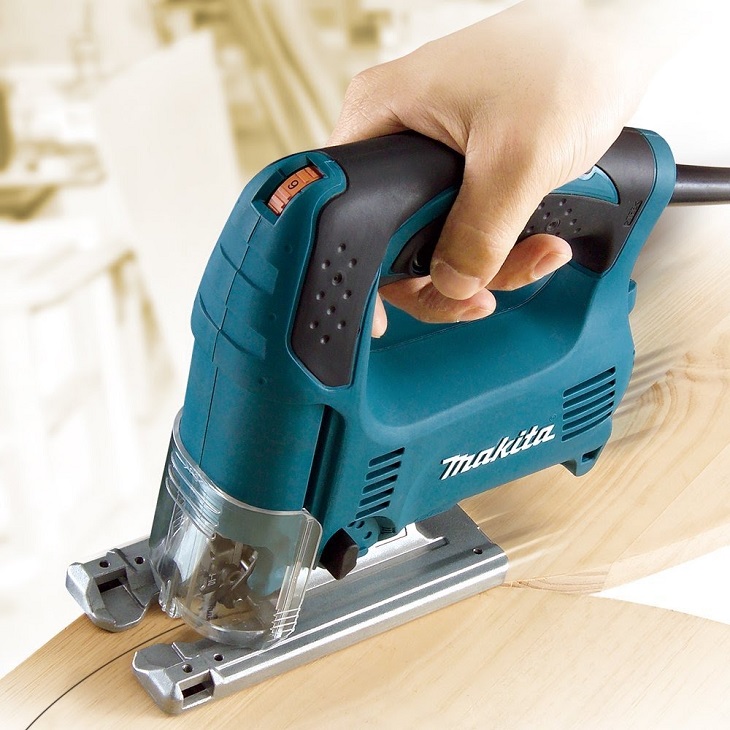
The jigsaw is one of the first powered woodworking tools people get. They are easy to handle and nowhere near as dangerous as circular saws or some of the more aggressive power saws tools, making them safer for young people and newbies in the field.
Jigsaws are usually available in light, medium and heavy-duty models, with the lower-scale saws having a ½” stroke, while the larger ones extend ¾” from top to bottom. This allows more cutting action for bigger machines and more material removal. They operate to a maximum rate of 2,500 strokes per minute. Lower-end saws only run at maximum speed with a simple on and off feature, while more advanced models have a variable speed that works on adjustable settings, which can really improve tool control and adjustment to the material being cut.
The jigsaw cuts on the upstrokes only, meaning the teeth are set in a top-facing position. Like with any blade, the more teeth you have, the finer and slower cut is.
Unfortunately, the jigsaw has a drawback too, lack of control. Their blades tend to be weak and have no support on their leading end, meaning they can wander slightly, unable to do straight precision cuts like circular saws. However, if you allow the tool to do the cutting without forcing it, jigsaws are excellent.
They’re commonly used for these projects:
- Coping millwork;
- Fretting and decorating;
- Cutting holes in paneling and counters;
- Furniture making;
- Model making.
Reciprocating Saw
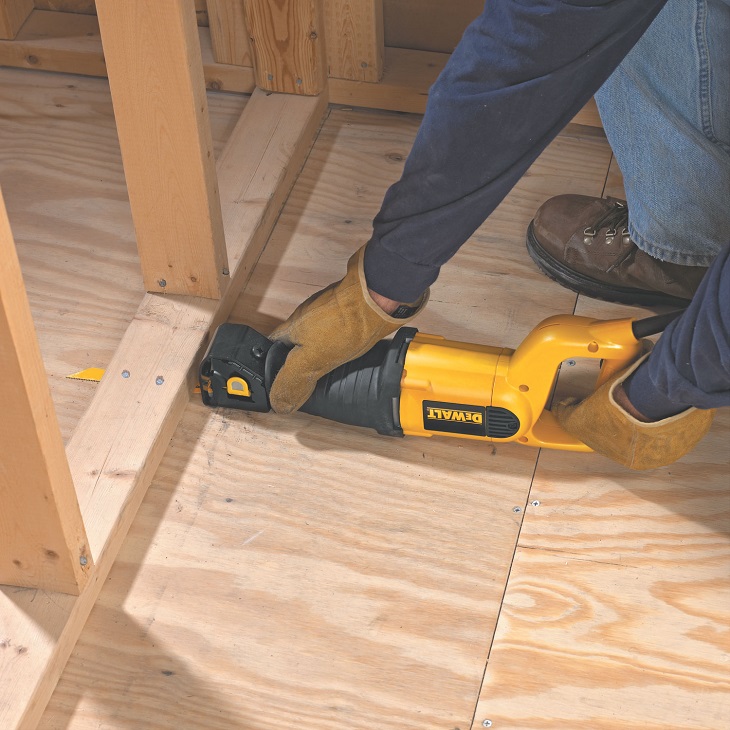
These are very similar to the jigsaws, with the difference that the blade not only go up and down, but back and forth also. A reciprocating saw’s cutting action is characterised by a push and pull ‘reciprocating’ motion. This makes them suitable for heavy-duty cutting work and is used mostly in the fields of construction and demolition.
Chainsaw
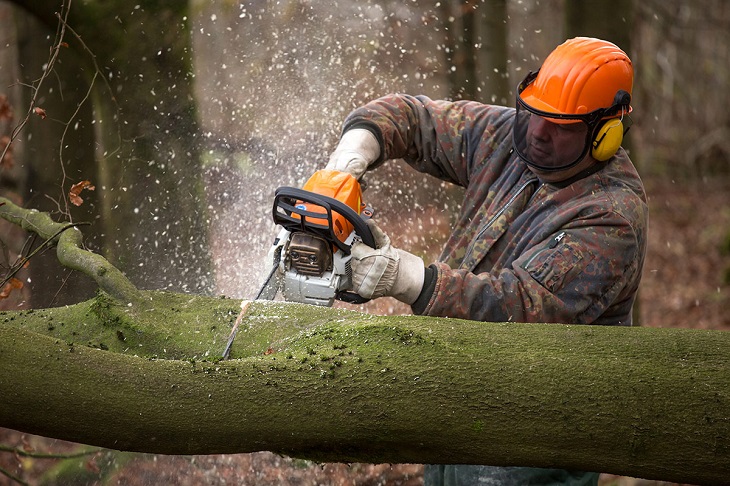
When it comes to cutting wood, chainsaws are the real brutes. They are basically like mobile band saws on steroids. Their revolving chain has sharp cutting teeth that can go through almost anything, making both electric and gas-powered chainsaws the ultimate woodcutting tools. However, today most users prefer the electric chainsaw,
Even though we most commonly associate chainsaws with screaming rumbling gas engines of carnage, not all chainsaws have to be that way. Many light-duty chainsaws have electric motors that run on household current. Some even have rechargeable batteries. This makes them perfect for light work around the house without worrying you’ll disturb your neighbours.
When it comes to operating a chainsaw, caution is a must. Just think any horror movie ever. Even though every powered woodcutting tool has its hazards associated with it, chainsaw injuries are a whole other league. What makes chainsaws so dangerous is they’re prone to kick back, which is what happens when the forward end of the spinning chain suddenly hits a fixed object. The energy stops and reverses, causing the bar to leap up and kick back, which is avoidable by starting the cut along the main bar flange.
You’ll normally find chainsaws in these settings:
- Professional logging sites;
- Tree service companies;
- Firewood cutting;
- Yard pruning and cleanup;
- Demolition work.
Table Top Saws (Mitre Saw, Band Saw, Scroll Saw)
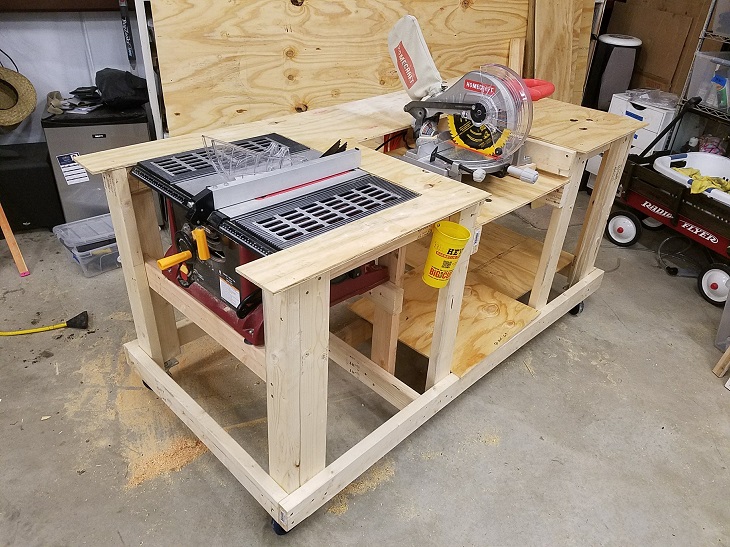
Tabletop saws are a different kind of beast which we’ll get into another time in greater detail. But for the purposes of the article so far, these are fixed electric saws that do similar functions as the aforementioned ones from a static position. This makes them a lot safer, more powerful and gives them a level of precision that can elude the handheld power saw.


















